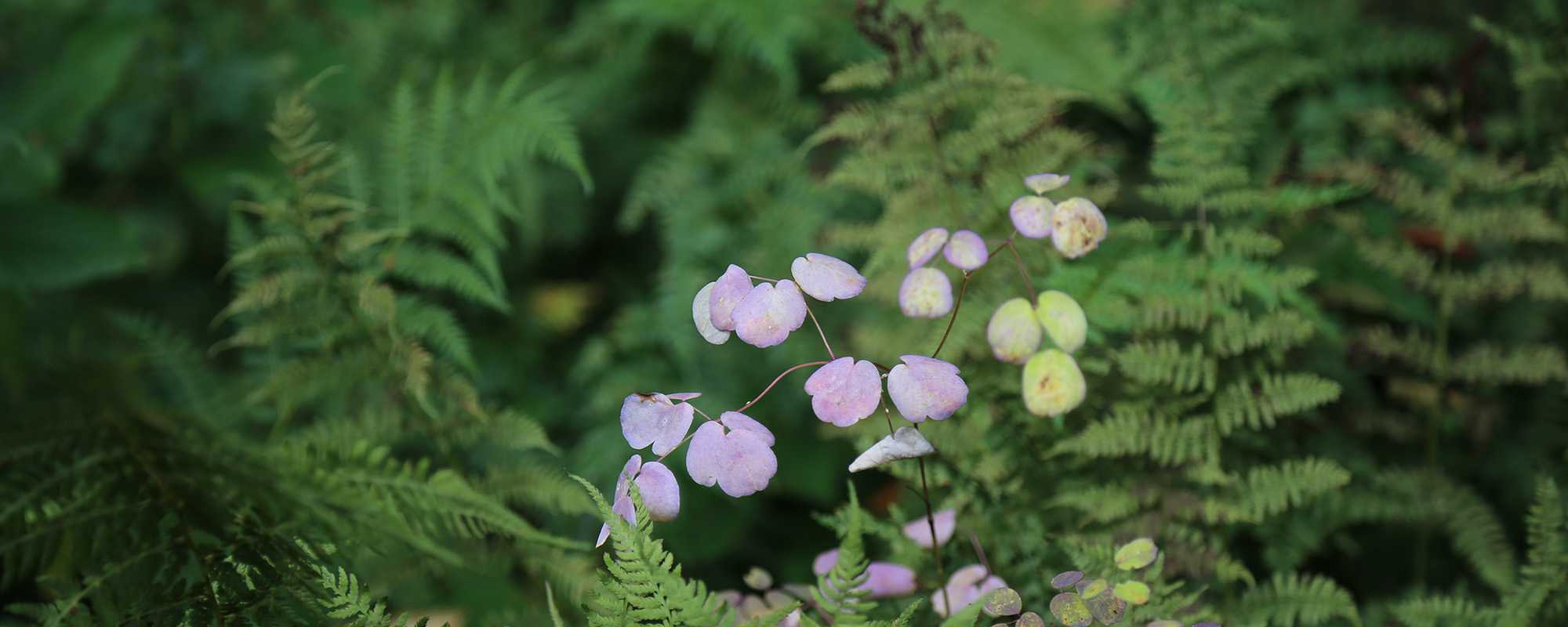In almost 45 orbits around the sun, I have only gotten to see a handful of comets.
Halley’s Comet’s return in 1986 was the single event that ignited my interest in astronomy. I was 11 back then. All of a sudden, everyone in school was talking about Halley. All the kids wanted to see it, and I wanted to see it too! The “instrument” I had at the time was a pair of toy 2X binoculars. I begged my parents to buy me a real telescope, but they could not afford one. One day, my dad borrowed a telescope just to check it out, but it was too expensive. It was about 50 Yuan (or 10 USD), roughly my parents’ salaries for a month. I used my 2X binoculars to scan the sky every evening and I did not find anything. Nobody I knew seemed to have seen Halley, except for some rumors floating around. But we were just kids. We knew that if we take care of ourselves, we may get to see it in year 2061!
The interest in astronomy and telescopes stuck with me ever since. Years later, I have gotten to know several people sharing the same story: Halley helped them to discover the passion that they didn’t know existed, despite that they never got to see it.
Fast forward four years (1990), I was in high school. My dad’s best friend gave him a pair of 10×50 binoculars, after he visited America. I started to scan the night sky from my balcony anytime I can. One night, I came across a fuzzy cotton ball near zenith, which seemed strange. The next night, it was still there, but moved a little. Maybe I found a comet? I wrote a letter to Beijing planetarium about this finding. To my surprise, I received a reply a few weeks later. What I saw was a comet discovered by Levy (a famous comet hunter) a couple months earlier. That was enough excitement to keep me up at night! I became more diligent at scanning for comets; but with no success.
Five years later (1995), I was a college student in Shanghai. School load and light pollution had made astronomy a distant memory. That was until Hale–Bopp showed up, one of the great comets of the 20th century. It was supposed to be not only visible, but also spectacular to the naked eyes! But not for people in Shanghai. If you have sharp eyesight and patience, you maybe able to find 5-10 stars in the Shanghai night sky in those days. I had a homemade 3cm scope with me and I found Hale–Bopp from the top of a tall school building: a faint glow in the orange sky!
Another four years had passed before I arrived in the US (1999). One day, about one year later, I realized that I could actually afford a decent telescope, with my humble graduate research assistantship. I went all crazy on telescopes and planetary imaging. I have seen a couple comets over the years but nothing too exciting. Oh, I also saw the 2009 Wesley Jupiter impact event. Not sure if it was caused by a comet, but close enough to the famous comet Shoemaker–Levy 9 impacts that I missed.
Now, year 2020, comet NEOWISE is here to visit the sun. My son is now at the age when I was helplessly hunting for Halley in the sky and my daughter is only 2-years behind. The whole family got up early one day to see NEOWISE rising before the sun. Now the comet is in the night sky, we can observe it from the comfort of our front porch. I have never taken a photo of a comet before NEOWISE so it’s an excellent opportunity to practice!

